Changing landscape in areas south and west of Tulsa
scottokla
11 years ago
Related Stories

TRANSITIONAL HOMESHouzz Tour: Change of Heart Prompts Change of House
They were set for a New England look, but a weekend in the California wine country changed everything
Full Story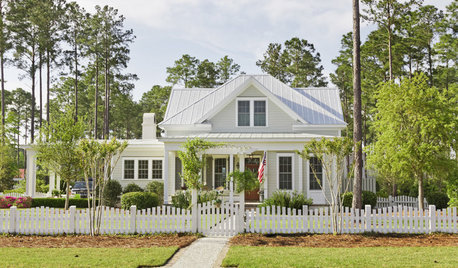
HOUZZ TOURSMy Houzz: A Storybook Cottage in South Carolina
Whimsy and color rule in this children’s book author’s home
Full Story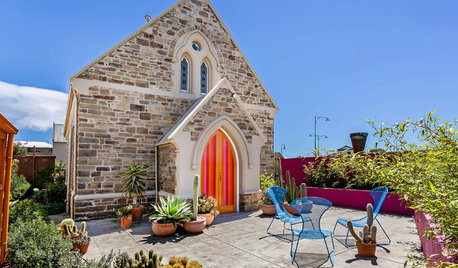
CONTEMPORARY HOMESHouzz Tour: Candy-Colored Church Conversion in South Australia
A couple bring their 150-year-old church-turned-residence into the modern world
Full Story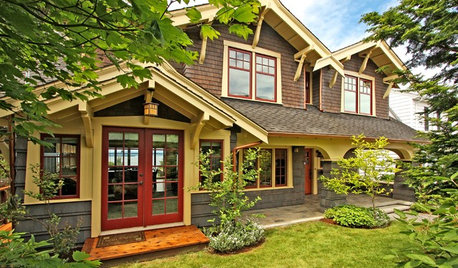
HOUZZ TOURSHouzz Tour: Major Changes Open Up a Seattle Waterfront Home
Taken down to the shell, this Tudor-Craftsman blend now maximizes island views, flow and outdoor connections
Full Story
MORE ROOMS8 Colors for South-Facing Rooms
Choose one of these soft, cool colors to tone down the sun shining in
Full Story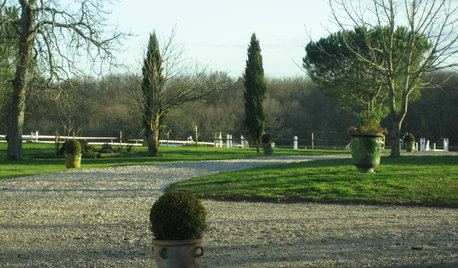
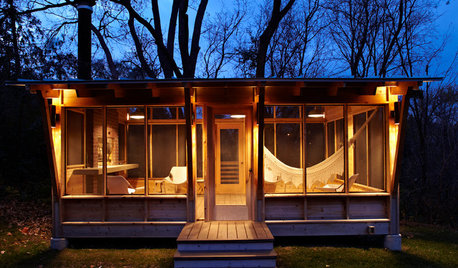
GARDENING AND LANDSCAPINGA Minnesota Pavilion Gets Cooking, South American Style
Taking over a former play structure's prime location, this three-season retreat brings grown-up grilling to a couple's backyard
Full Story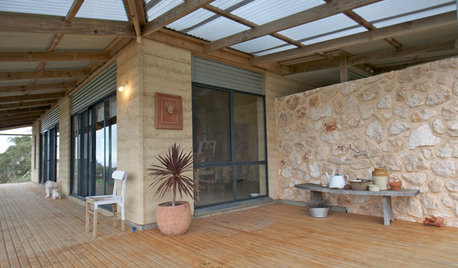
HOUZZ TOURSMy Houzz: A South Australia Home Comes Down to Earth
Rammed-earth walls embrace nature, stand up to harsh coastal conditions and create an indoor-outdoor connection for this artist's home
Full Story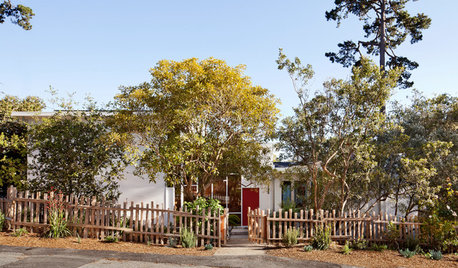
MIDCENTURY HOMESHouzz Tour: Small Changes Earn a Top Green Rating
Remodeling for energy efficiency and sustainability within a quaint town's codes wins LEED platinum certification for a midcentury home
Full Story
RANCH HOMESHouzz Tour: Ranch House Changes Yield Big Results
An architect helps homeowners add features, including a new kitchen, that make their Minnesota home feel just right
Full StoryMore Discussions






Okiedawn OK Zone 7
scottoklaOriginal Author
Related Professionals
Danbury Landscape Architects & Landscape Designers · Saint Louis Park Landscape Architects & Landscape Designers · Springfield Landscape Contractors · Brunswick Landscape Contractors · Centereach Landscape Contractors · Kailua Landscape Contractors · La Mirada Landscape Contractors · Maywood Landscape Contractors · Seymour Landscape Contractors · Aberdeen Decks, Patios & Outdoor Enclosures · Bainbridge Island Decks, Patios & Outdoor Enclosures · Lansdale Decks, Patios & Outdoor Enclosures · Layton Decks, Patios & Outdoor Enclosures · Pittsburgh Decks, Patios & Outdoor Enclosures · Verona Decks, Patios & Outdoor Enclosuresmerrybookwyrm
scottoklaOriginal Author
chickencoupe
scottoklaOriginal Author
chickencoupe
Okiedawn OK Zone 7
chickencoupe
Okiedawn OK Zone 7